Microsoft Edge sometimes fails to open PDF files, displaying errors like "Can't Open File" or showing a blank page instead of the document. This issue disrupts workflows, especially for users who rely on Edge as their primary PDF viewer. The problem can stem from outdated browser versions, corrupted cache, misconfigured settings, or conflicts with other PDF software. The following methods address these causes, starting with the most effective solutions.
Open the PDF File in Another Application to Rule Out File Corruption
Corrupted or damaged PDF files will not open in Edge or any other PDF viewer. Testing the file in a different application helps determine if the issue is with the file itself or with Edge.
Step 1: Locate the PDF file on your device and right-click it. Choose Open with and select an alternative PDF reader (such as Adobe Acrobat Reader) or another web browser like Chrome or Firefox.
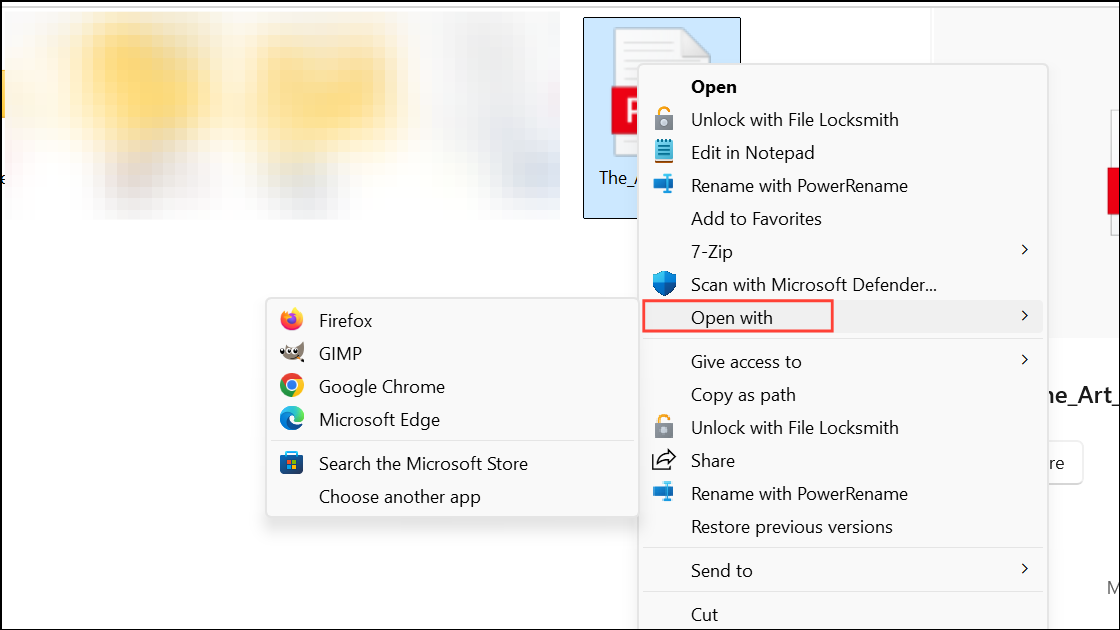
Step 2: If the file opens successfully in another application, the issue lies with Microsoft Edge, not the PDF file.
Step 3: If the PDF does not open in any application, the file may be corrupted. Consider obtaining a new copy or using a PDF repair tool.
Update Microsoft Edge to the Latest Version
Outdated versions of Edge may have bugs that prevent PDF files from loading correctly. Updating ensures you have the latest fixes and compatibility improvements.
Step 1: Open Microsoft Edge and click the ... (three dots) menu in the top-right corner.
Step 2: Select Settings from the dropdown menu.
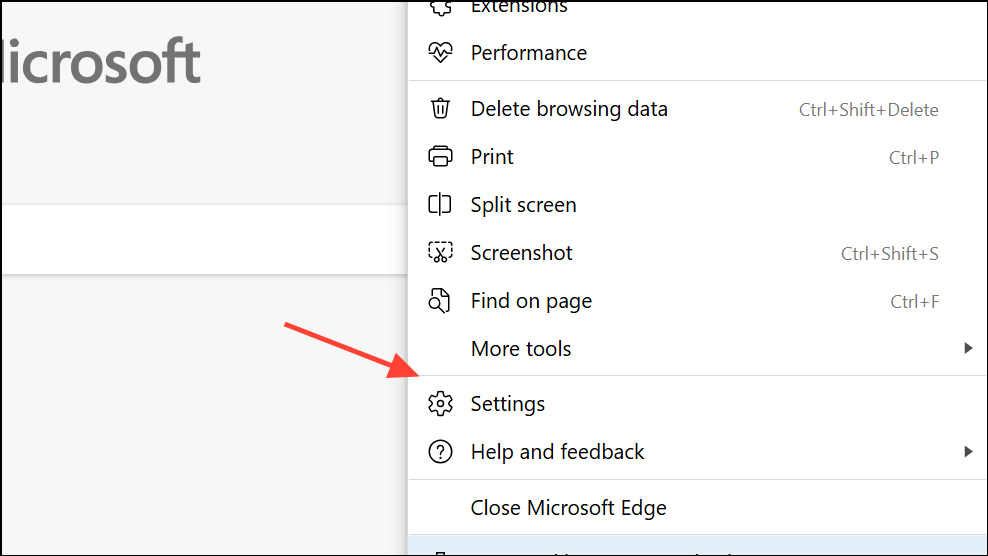
Step 3: In the left panel, click About Microsoft Edge. Edge will automatically check for updates and install them if available.
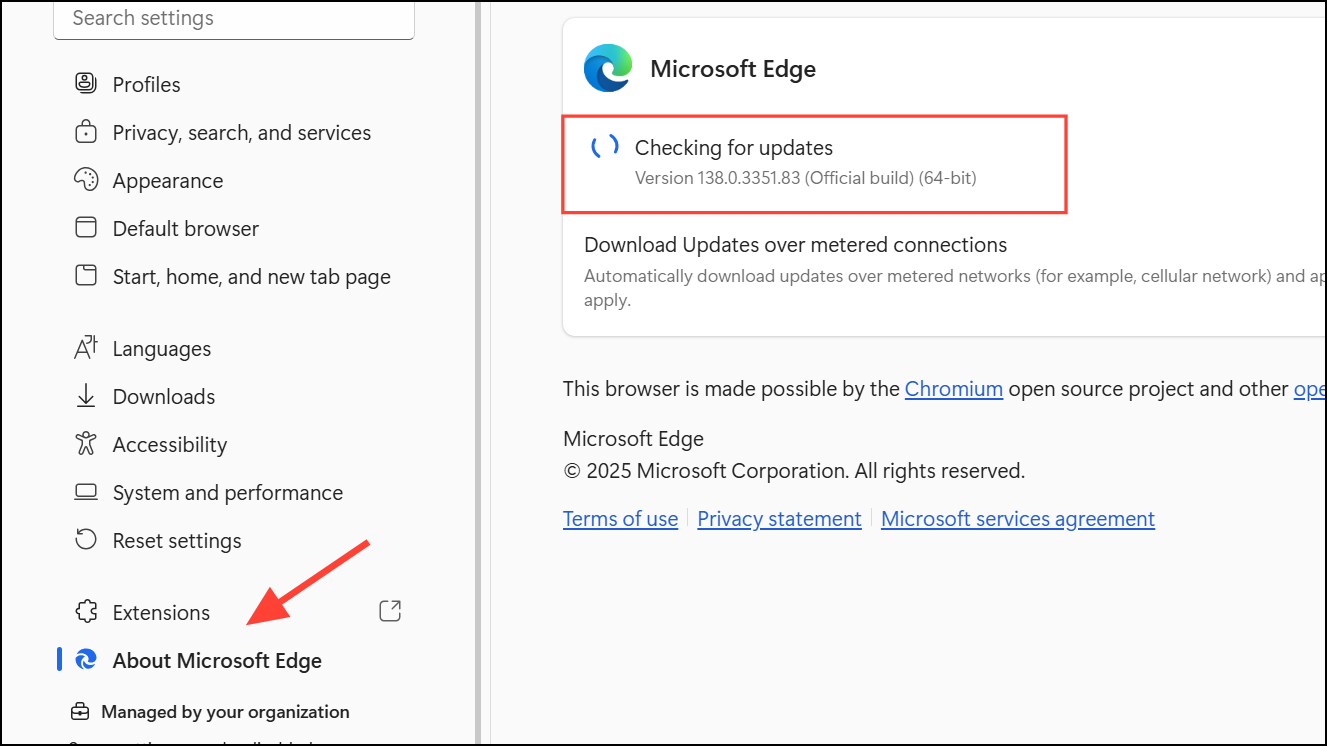
Step 4: Restart Edge after the update completes, then try opening your PDF file again.
Clear Cached Data in Microsoft Edge
Accumulated cache can cause Edge to malfunction, including failing to load PDFs. Clearing the cache removes temporary files that may be causing conflicts.
Step 1: Open Edge and go to edge://settings in the address bar.
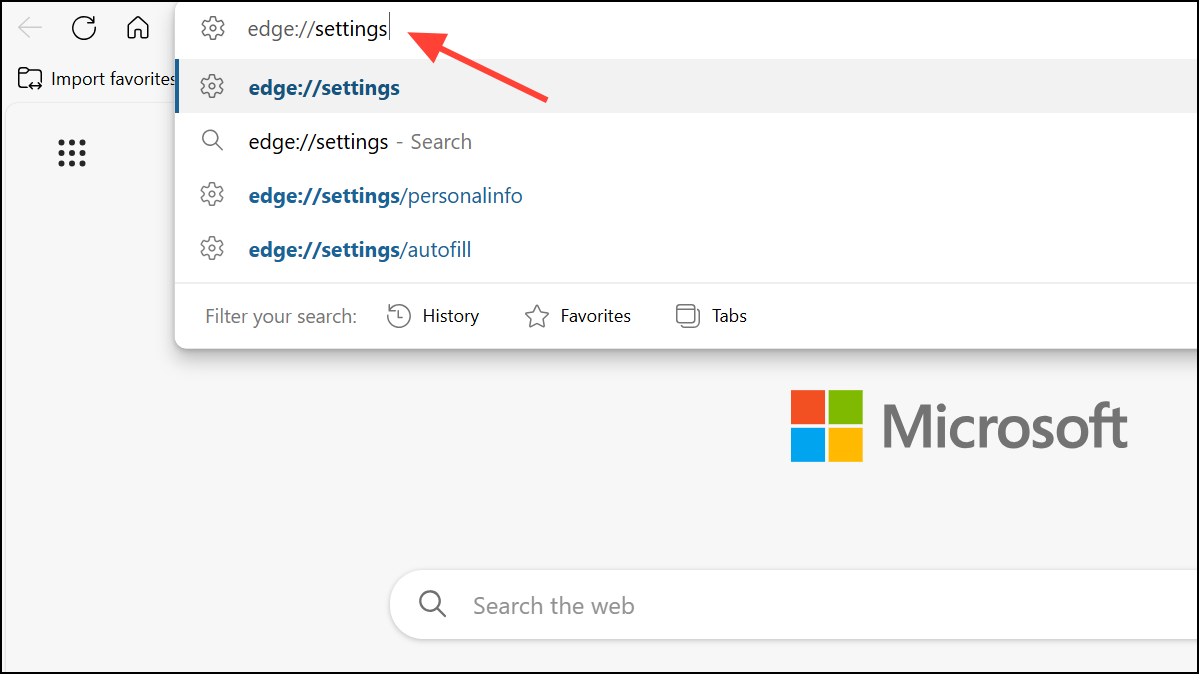
Step 2: Click Privacy, search, and services in the left panel.
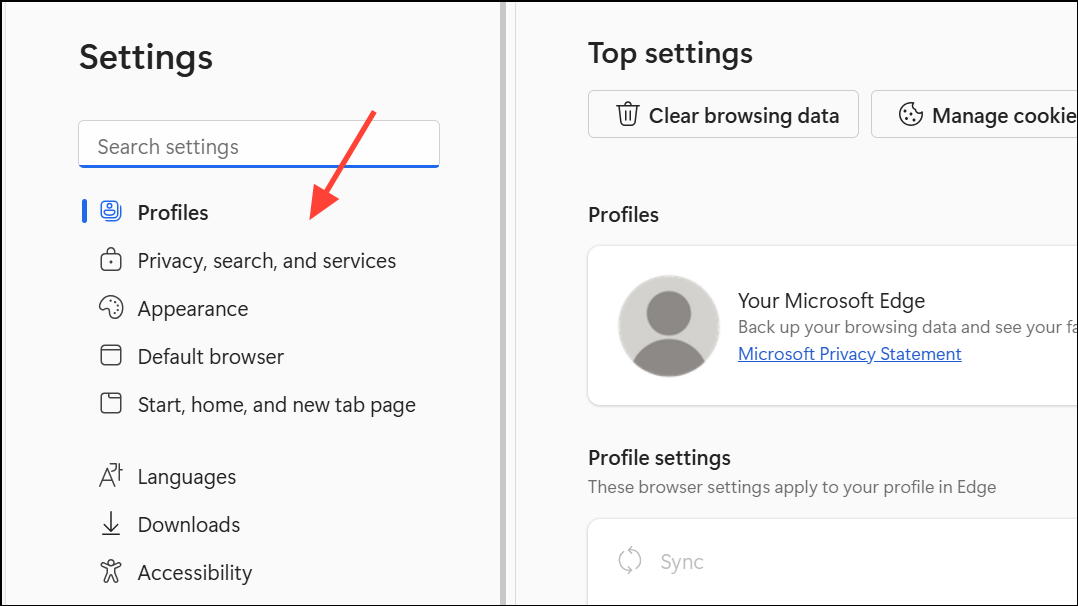
Step 3: Scroll down to the Clear browsing data section and select Choose what to clear.
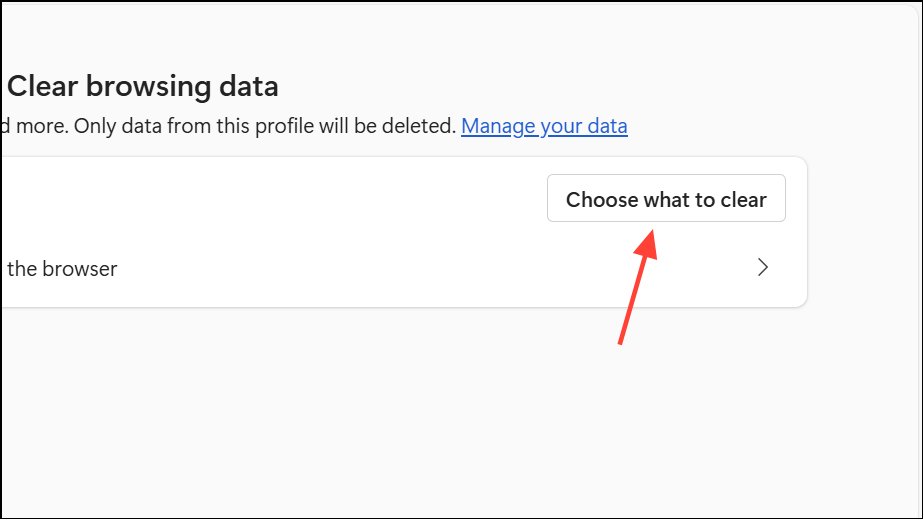
Step 4: Set Time range to All time, check Cached images and files, and click Clear now.
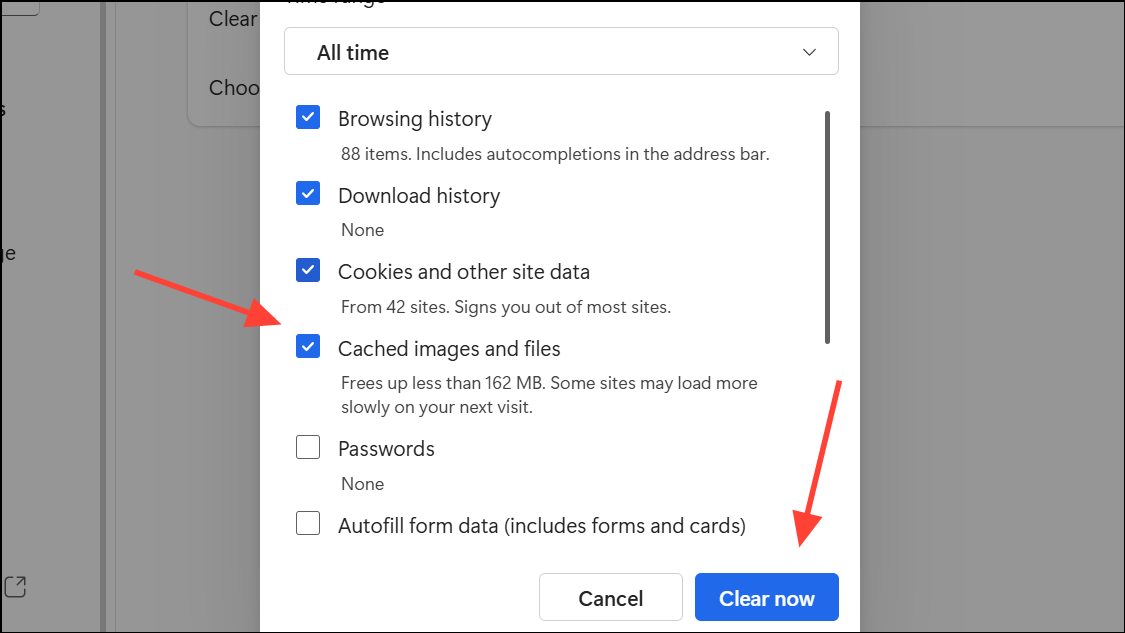
Step 5: Once the process is complete, close and reopen Edge. Test if PDF files now open as expected.
Check PDF Document Settings in Edge
Edge may be set to download PDF files instead of opening them in the browser. Adjusting this setting allows PDFs to open directly in Edge.
Step 1: In Edge, enter edge://settings in the address bar.

Step 2: Click Privacy, Search, and Services in the left menu as before and then select Site permissions from the right side.
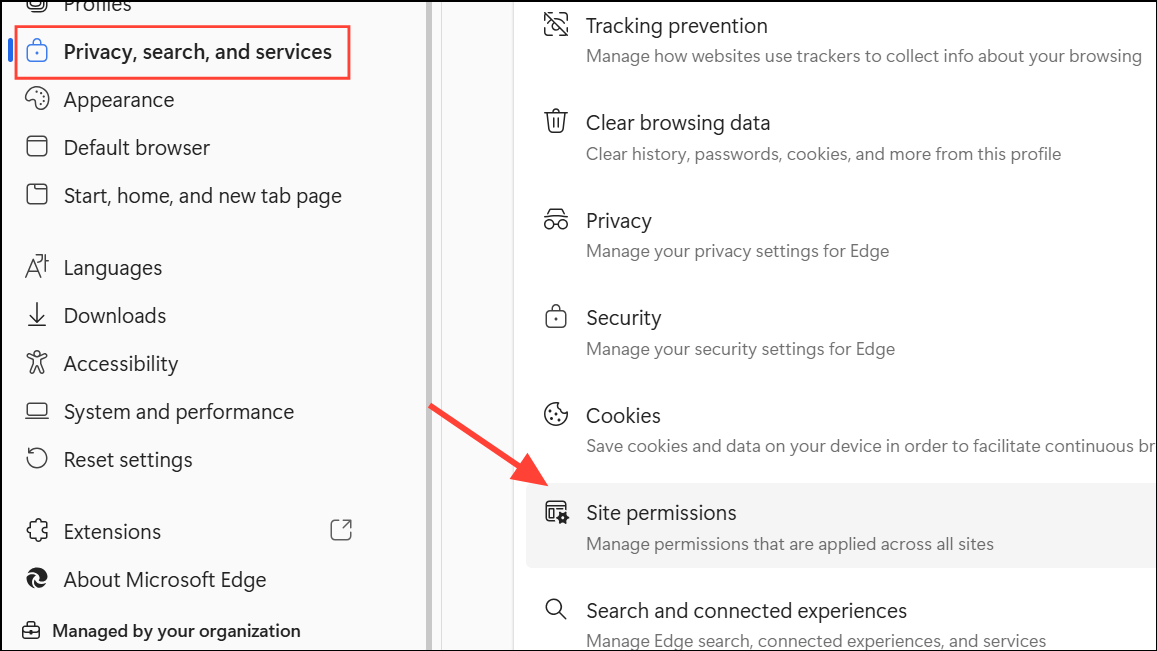
Step 3: Select All permissions, scroll to PDF documents and select it.
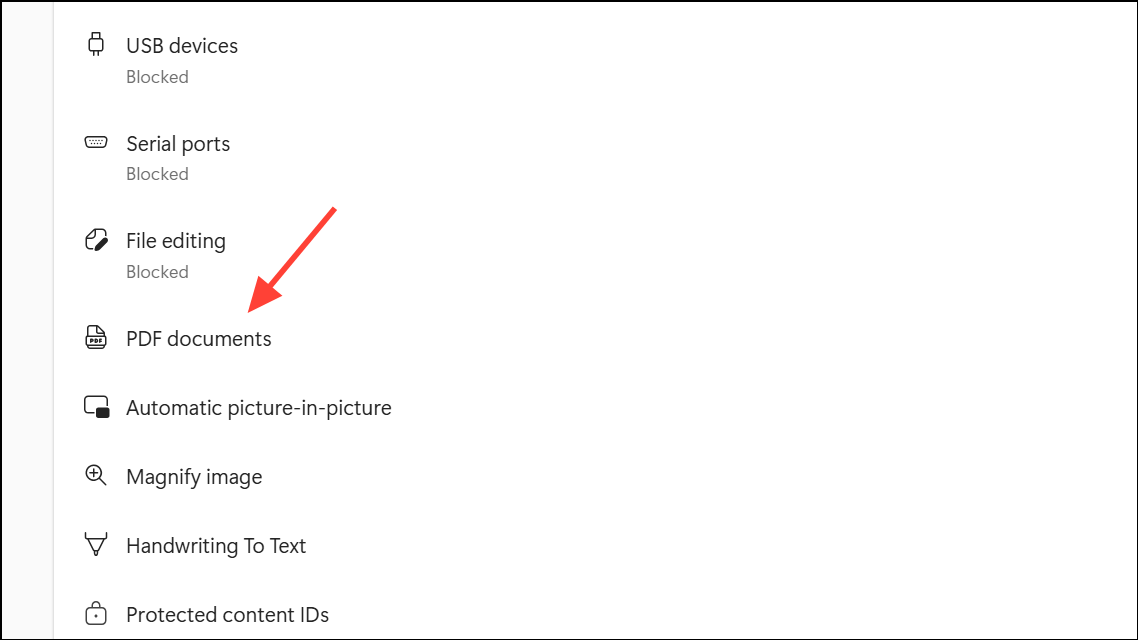
Step 4: Make sure the toggle for Always download PDF files is turned off. This ensures PDFs open within Edge instead of being downloaded.
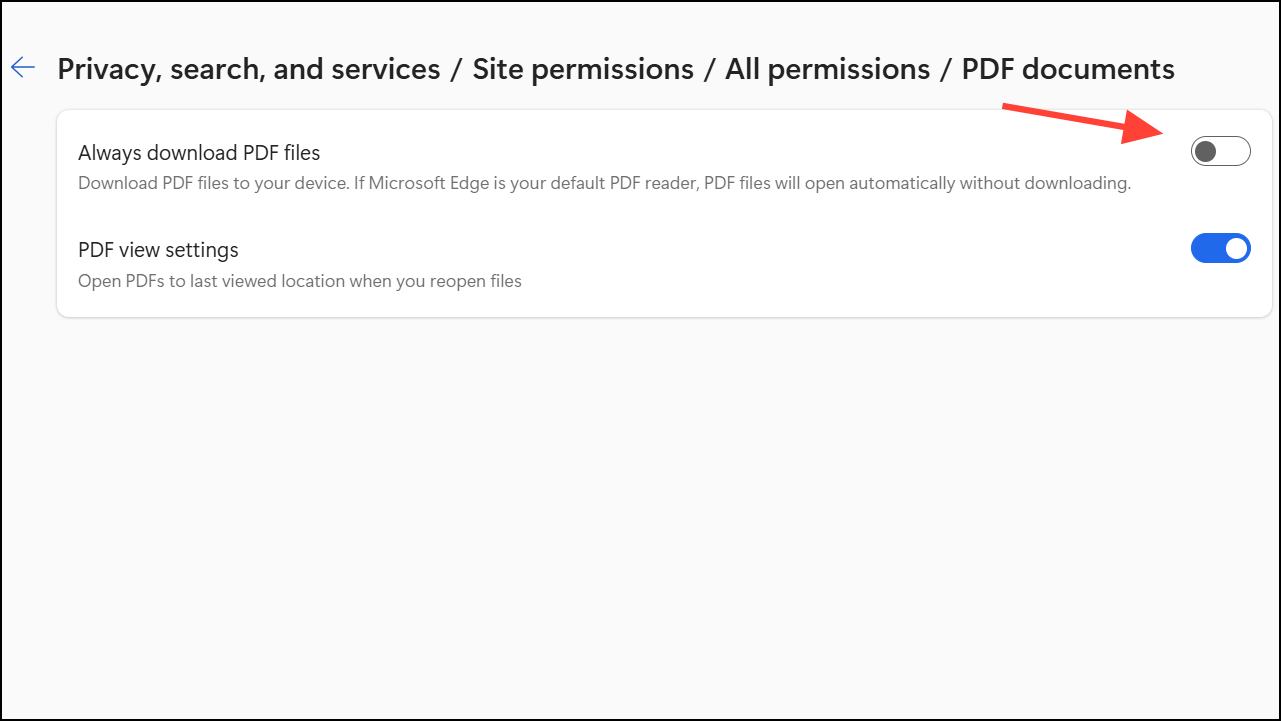
Set Microsoft Edge as the Default PDF Viewer
Conflicts can occur if another PDF viewer is set as the default application. Setting Edge as the default ensures PDFs open in your browser.
Step 1: Right-click any PDF file on your device and select Open with, then choose Choose another app.
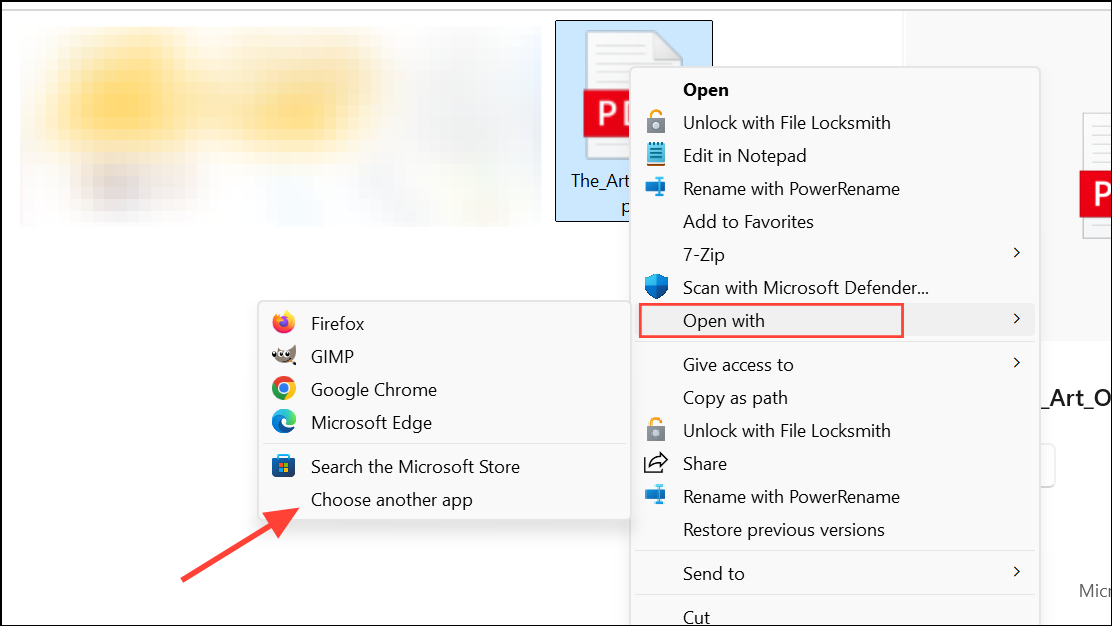
Step 2: Select Microsoft Edge from the list, then check the box for Always use this app to open .pdf files.
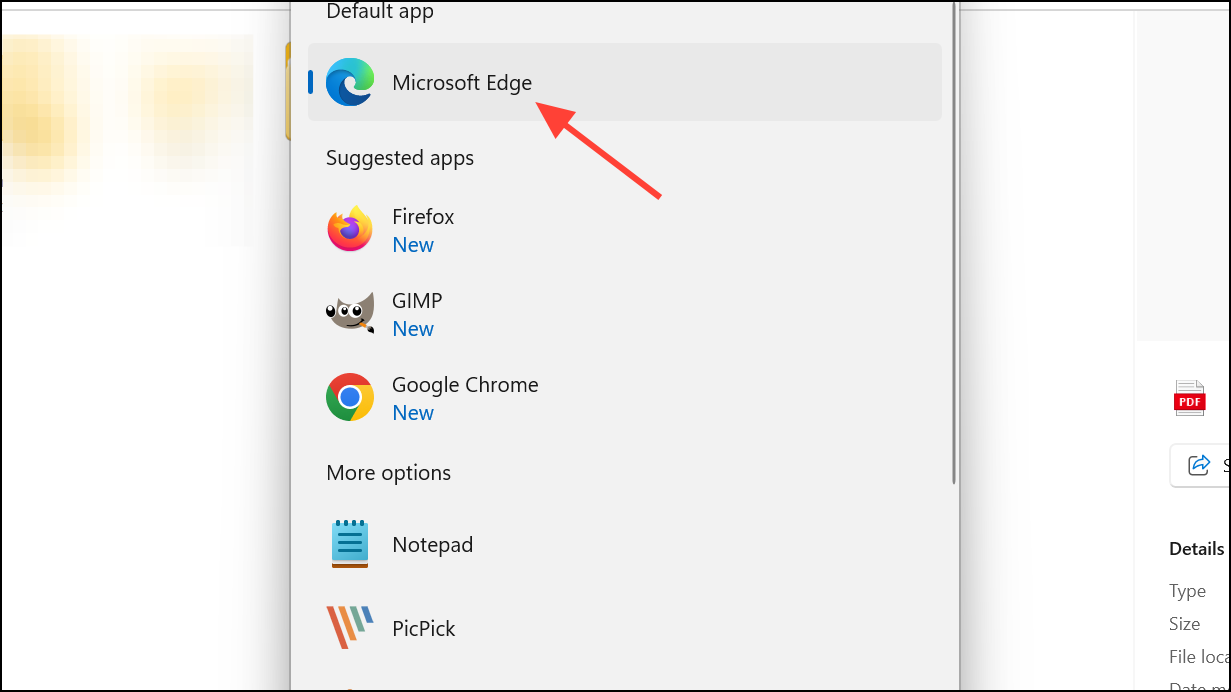
Step 3: Click OK to save the setting. All PDF files will now open in Edge by default.
Repair Microsoft Edge Using Windows Settings
If the above steps do not resolve the issue, Edge itself may be corrupted. Windows provides a built-in repair tool for Edge.
Step 1: Press Windows key + I to open Settings.
Step 2: Navigate to Apps > Installed Apps.
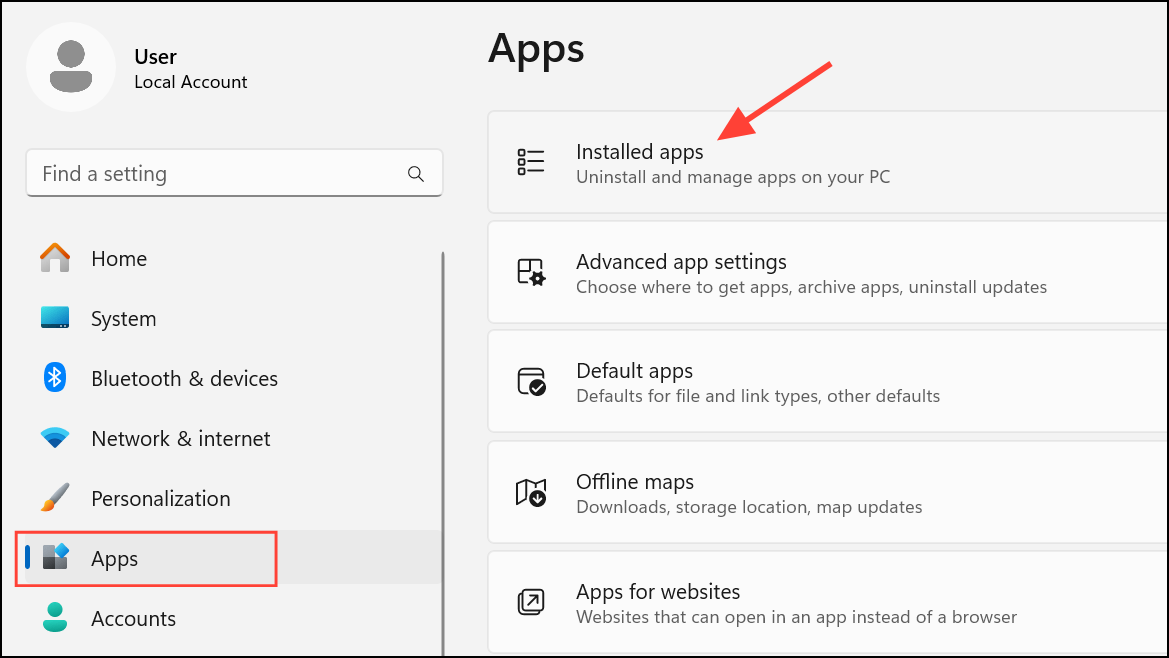
Step 3: Scroll to find Microsoft Edge in the list, click it, then select Modify.
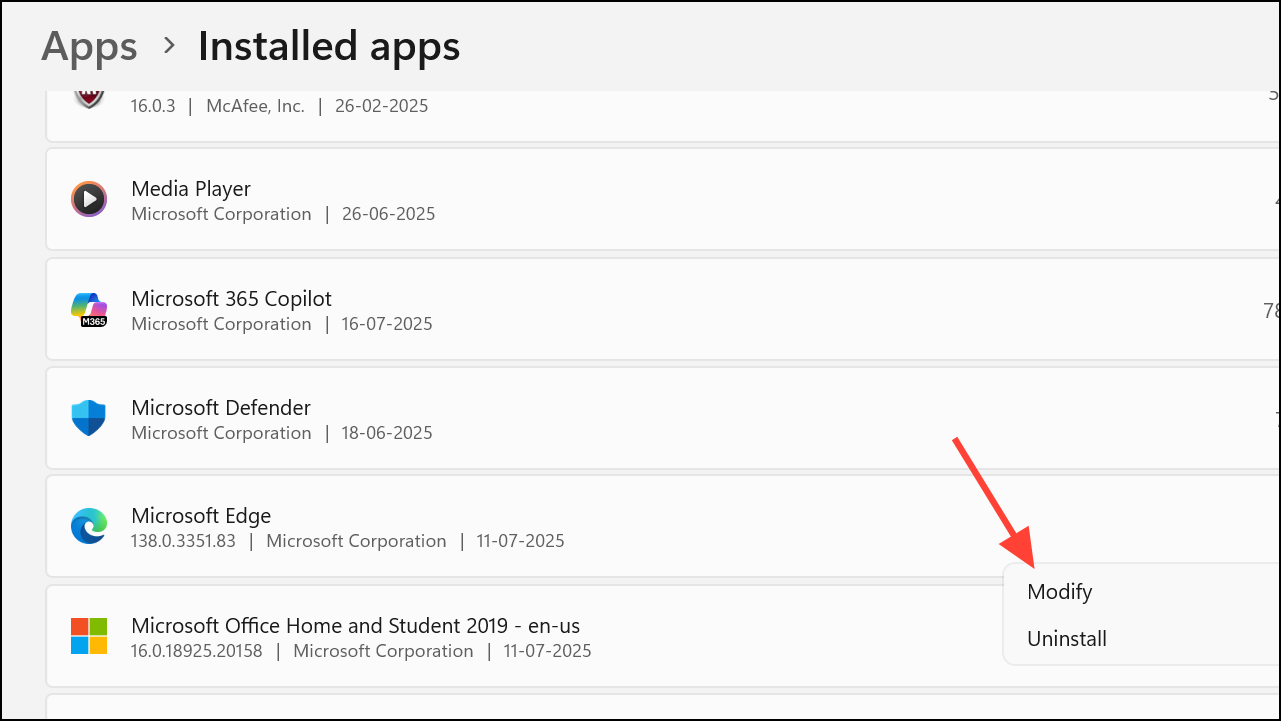
Step 4: In the pop-up window, select Repair. Windows will reinstall Edge without affecting your data or settings.
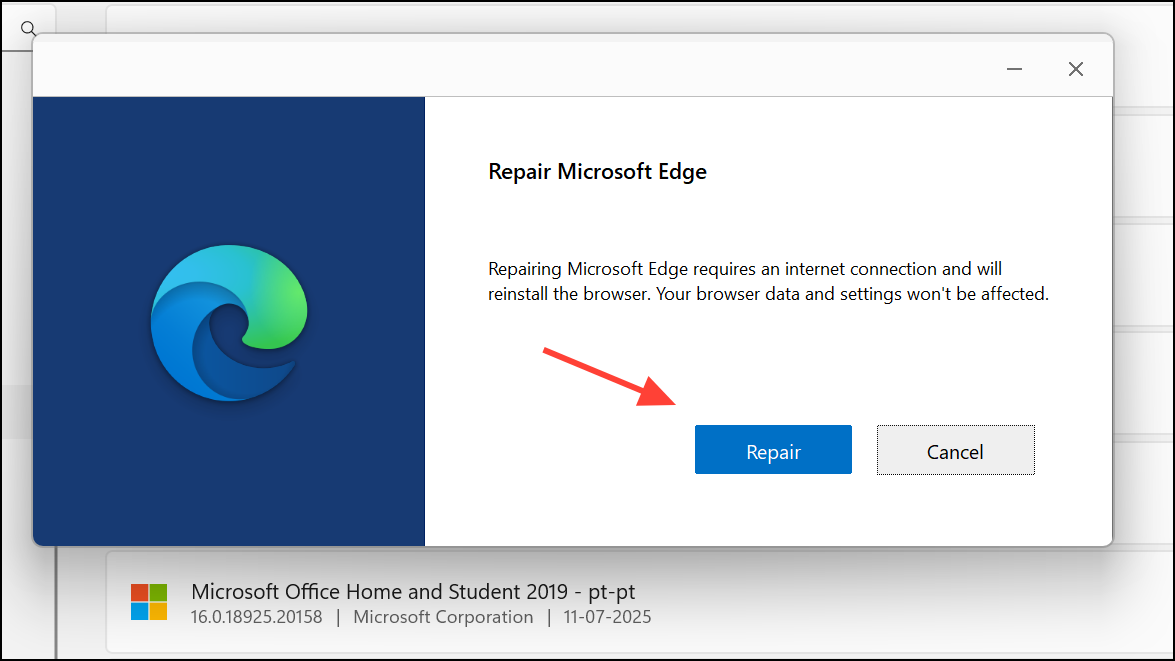
Step 5: After the repair completes, restart Edge and try opening a PDF file again.
Reset Microsoft Edge to Default Settings
Resetting Edge restores browser settings to their original state, disables extensions, and clears temporary data. This step is helpful if previous methods fail and persistent settings or extensions are causing the issue.
Step 1: Open Edge and click the ... menu, then choose Settings.

Step 2: Click Reset settings in the left panel.
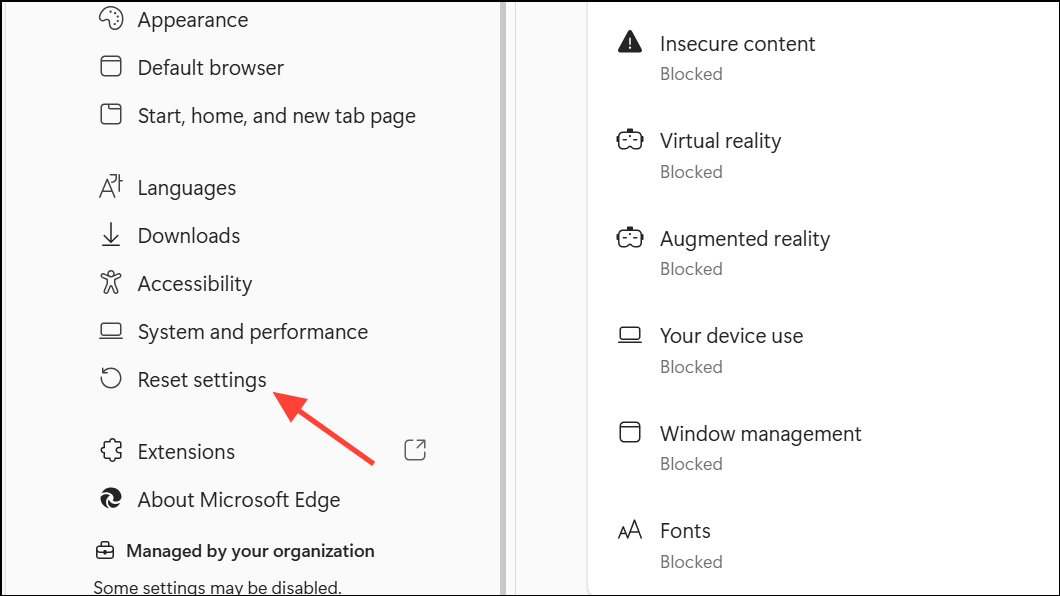
Step 3: Select Restore settings to their default values and confirm by clicking Reset in the pop-up window.
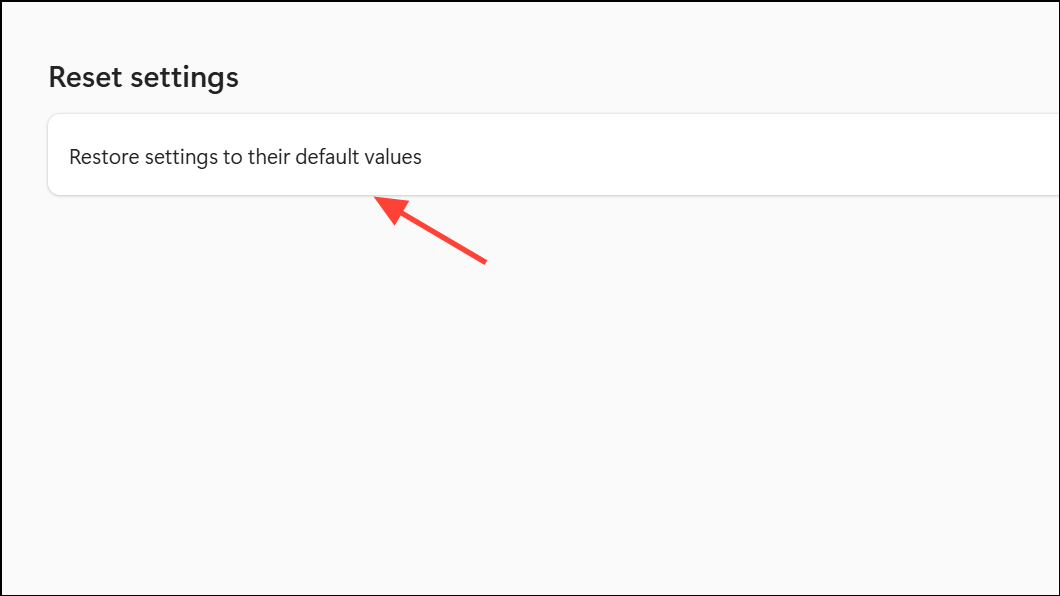
Step 4: After the reset, restart Edge and open your PDF file to check if the issue is resolved.
Resolving PDF loading issues in Microsoft Edge usually requires updating the browser, clearing cache, and checking settings. If these steps do not work, repairing or resetting Edge typically restores PDF functionality without losing your browsing data.


